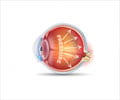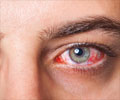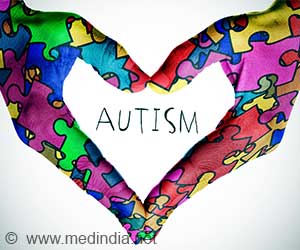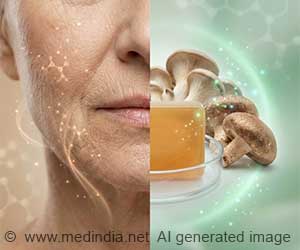Repetitive, mild intraocular pressure elevation can accelerate the epigenetic age of the retinal tissues leading to vision problems if not treated early.
- Stress factors such as increased intraocular pressure can affect the vision and results in symptoms resembling those of normal aging
- If the stressors are identified early, it gives us a window of opportunity for the prevention of visual loss
TOP INSIGHT
The epigenetic age of the retinal tissues can be accelerated by regular, modest intraocular pressure elevation.
How does Aging Affect the Eye
All cells within an organism are impacted by aging, which is a universal process. It is a significant risk factor for glaucoma, a group of neuropathies that affects the eyes. According to current projections, there will be over 110 million people with glaucoma (aged 40 to 80) by 2040 because of the aging populations around the world.“Our work emphasizes the importance of early diagnosis and prevention as well as age-specific management of age-related diseases, including glaucoma,” said Skowronska-Krawczyk. “The epigenetic changes we observed suggest that changes on the chromatin level are acquired in an accumulative way, following several instances of stress. This provides us with a window of opportunity for the prevention of vision loss if the disease is recognized early.”
Measuring Intraocular Pressure in Glaucoma
Intraocular pressure (IOP) in people follows a circadian pattern. It normally oscillates between 12 to 21 mmHg in healthy people, and it tends to be highest for about two-thirds of people during the nocturnal period. A single IOP measurement is frequently insufficient to define the true pathology and risk of disease progression in glaucoma patients because of IOP changes. According to studies, glaucoma progression is strongly predicted by long-term IOP variation. According to this recent study, the tissue's aging is directly caused by the cumulative effect of IOP changes.“Our work shows that even moderate hydrostatic IOP elevation results in retinal ganglion cell loss and corresponding visual defects when performed on aged animals,” said Skowronska-Krawczyk. “We are continuing to work to understand the mechanism of accumulative changes in aging to find potential targets for therapeutics. We are also testing different approaches to prevent the accelerated aging process resulting from stress.”
These new findings were made feasible by the fact that researchers now have a new technique to quantify the effect of stress and treatment on the aging condition of retinal tissue. Researchers could demonstrate that repetitive, mild IOP elevation can accelerate the epigenetic age of the tissues through collaboration with the Clock Foundation and Steve Horvath, PhD, from Altos Labs, who pioneered the development of epigenetic clocks that can measure age based on methylation changes in the DNA of tissues.
Source-Medindia
 MEDINDIA
MEDINDIA





 Email
Email










